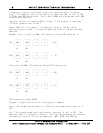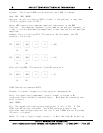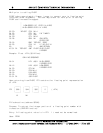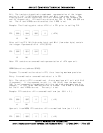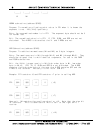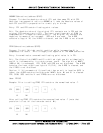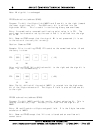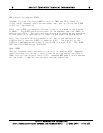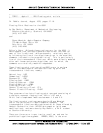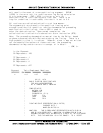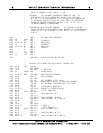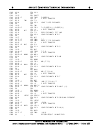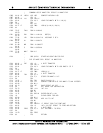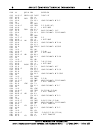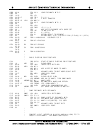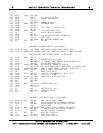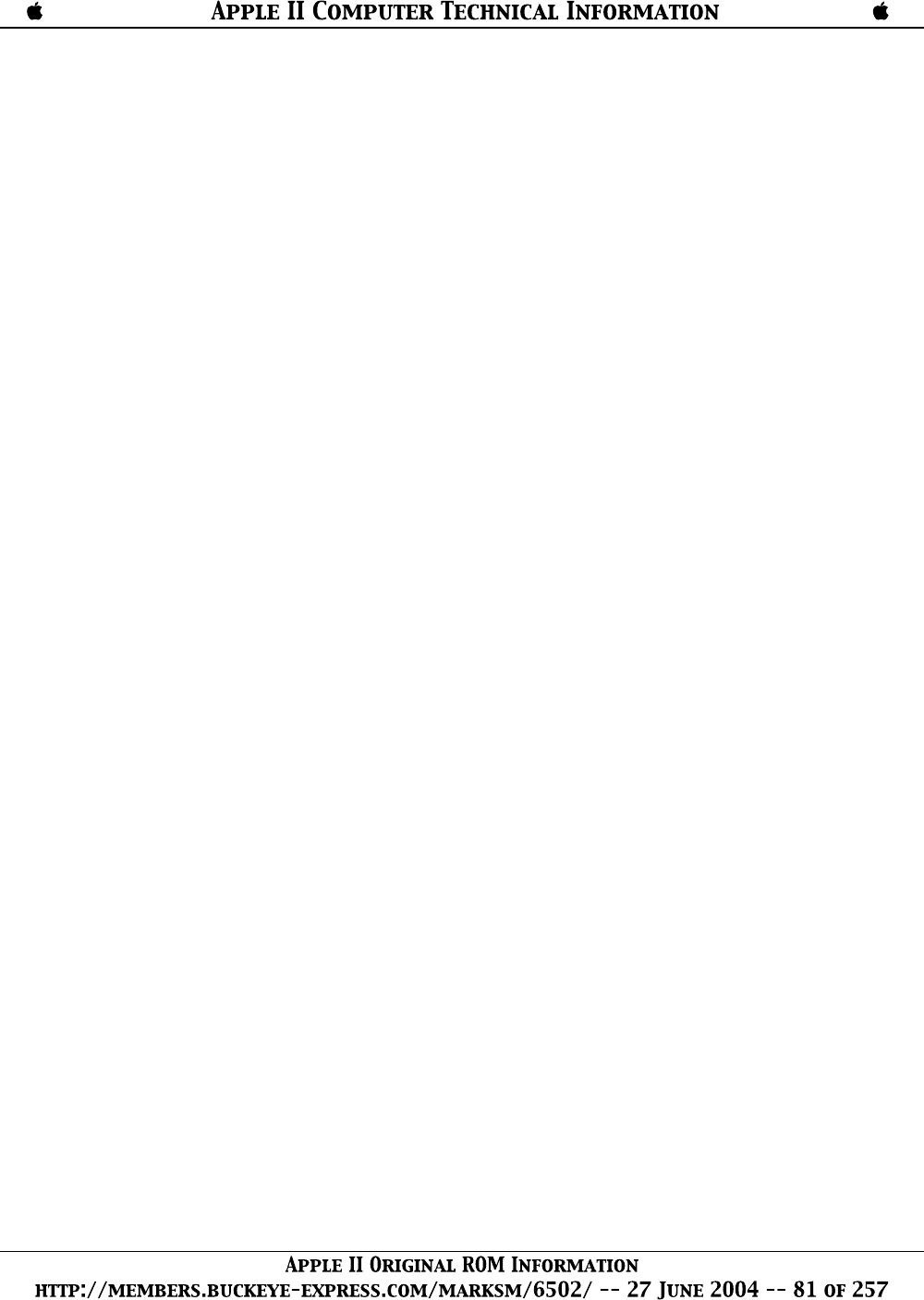
+------------------------------------------------------------------------
| TOPIC -- Apple II -- DDJ Floating point article
+------------------------------------------------------------------------
Dr. Dobb's Journal, August 1976, pages 17-19.
Floating Point Routines for the 6502
by Roy Rankin, Department of Mechanical Engineering,
Stanford University, Stanford, CA 94305
(415) 497-1822
and
Steve Wozniak, Apple Computer Company
770 Welch Road, Suite 154
Palo Alto, CA 94304
(415) 326-4248
Editor's Note: Although these routines are for the 6502, it
would appear that one could generate equivalent routines for
most of the "traditional" microprocessors, relatively easily,
by following the flow of the algorithms given in the excellent
comments included in the program listing. This is particularly
true of the transcendental functions, which were directly modeled
after well-known and proven algorithms, and for which, the
comments are relatively machine independent.
These floating point routines allow 6502 users to perform
most of the more popular and desired floating point and
transcendental functions, namely:
Natural Log - LOG
Common Log - LOG10
Exponential - EXP
Floating Add - FADD
Floating Subtract - FSUB
Floating Multiply - FMUL
Floating Divide - FDIV
Convert Floating to Fixed - FIX
Convert Fixed to Floating - FLOAT
They presume a four-byte floating point operand consisting of
a one-byte exponent ranging from -128 to +127 and a
24-bit two's complement mantissa between 1.0 and 2.0.
The floating point routines were done by Steve Wozniak,
one of the principals in Apple Computer Company. The
transcendental functions were patterned after those offered by
Hewlett-Packard for their HP2100 minicomputer (with some
modifications), and were done by Roy Rankin, a Ph.D. student
at Stanford University.
There are three error traps; two for overflow, and one for
prohibited logarithm argument. ERROR (1D06) is the error



